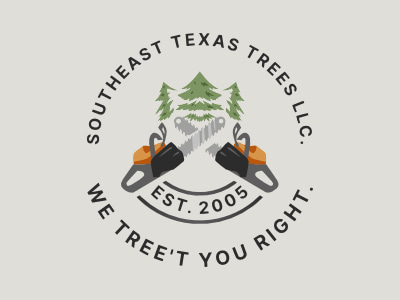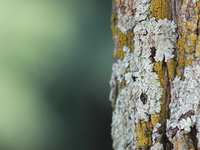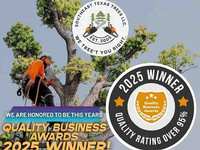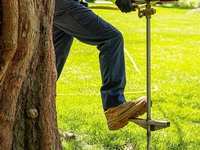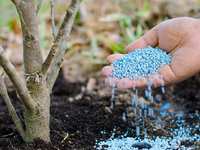- Categories :
- More
Good Bugs vs. Bad Bugs: Protecting Your Trees in Southeast Texas (Zone 9)
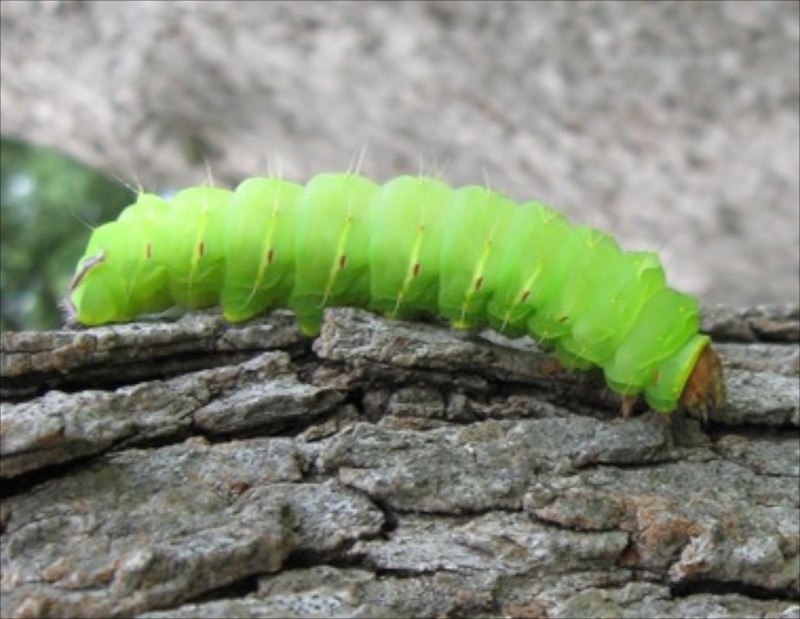
As spring and summer roll into Southeast Texas, trees start thriving—and so do the bugs. While some insects can seriously damage or even kill your trees, others act as nature’s pest control. If you're gardening or caring for trees in Zone 9, knowing the difference between helpful and harmful bugs can make all the difference.
🐛 The Harmful Bugs to Watch Out For
Here are a few common tree pests that show up in the warmer months:
-
Aphids – Tiny but mighty sap-suckers that can weaken trees and cause distorted leaves.
-
Scale Insects – These attach to bark and leaves, sucking out nutrients and leaving behind sticky honeydew, which can lead to mold.
-
Bagworms – Often mistaken for pinecones, they feed on leaves and needles, sometimes stripping whole branches bare.
-
Tent Caterpillars – Known for their webs in tree forks, these caterpillars can quickly defoliate branches.
-
Emerald Ash Borer – A serious threat to ash trees, these beetles bore into wood and disrupt the tree's ability to transport water.
🐞 The Beneficial Bugs You Want Around
Before you grab the insecticide, consider the helpers that naturally control harmful insects:
-
Ladybugs – These cute beetles are aphid-eating machines.
-
Lacewings – Their larvae devour soft-bodied pests like aphids, scale, and caterpillars.
-
Parasitic Wasps – Tiny and non-aggressive to humans, they lay eggs in or on pest insects like caterpillars and beetle larvae.
-
Spiders – While not technically insects, many species are natural predators of flying and crawling tree pests.
-
Assassin Bugs and Praying Mantises – These generalist predators keep a wide range of pest populations in check.
🌿 How to Help the Good Bugs and Stop the Bad Ones
-
Don’t use broad-spectrum pesticides. These kill both good and bad bugs indiscriminately.
-
Plant native flowers and herbs nearby. This supports beneficial insects by giving them nectar and shelter.
-
Inspect new plants and trees before planting. Check for hidden pests or eggs.
-
Prune infested branches early. This helps stop pests like bagworms or scale from spreading.
-
Use targeted treatments only when necessary. Horticultural oils and insecticidal soaps can help, but use them wisely.
A Healthy Balance
Remember, not all bugs are bad. The key to a healthy yard or garden in Southeast Texas is balance. By encouraging beneficial insects and keeping harmful ones in check, you help your trees stay healthy, green, and thriving through the seasons.

